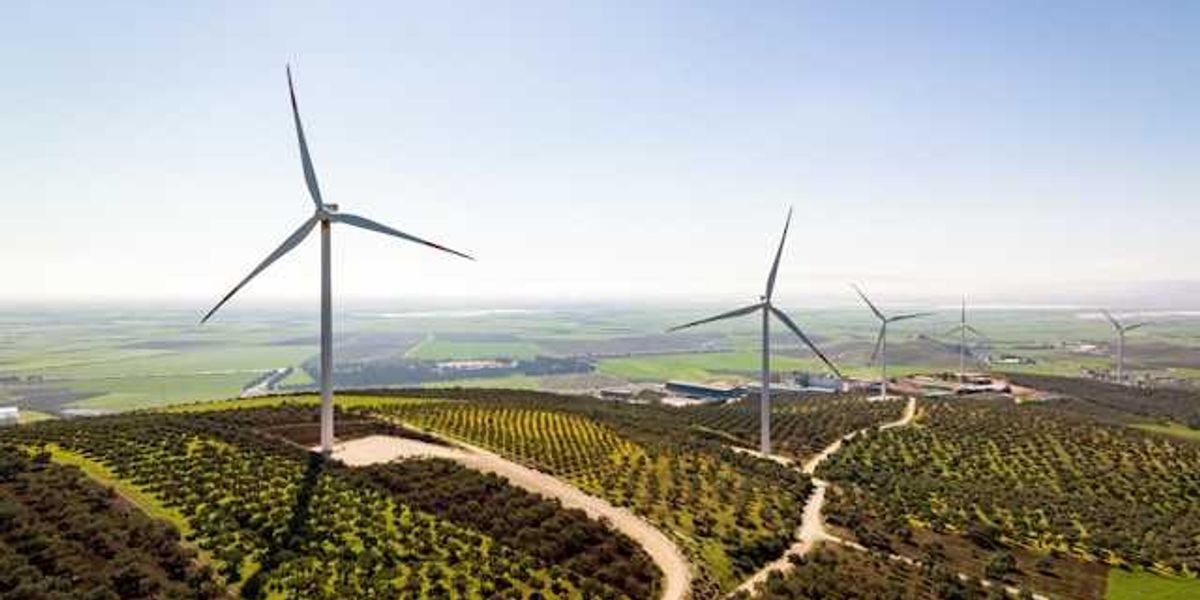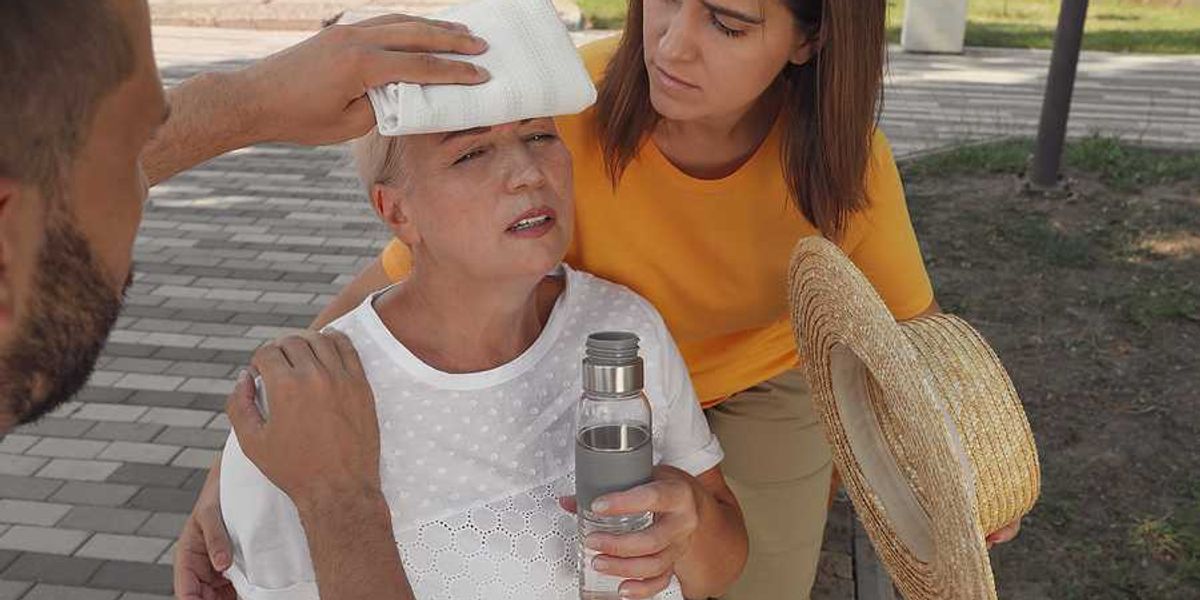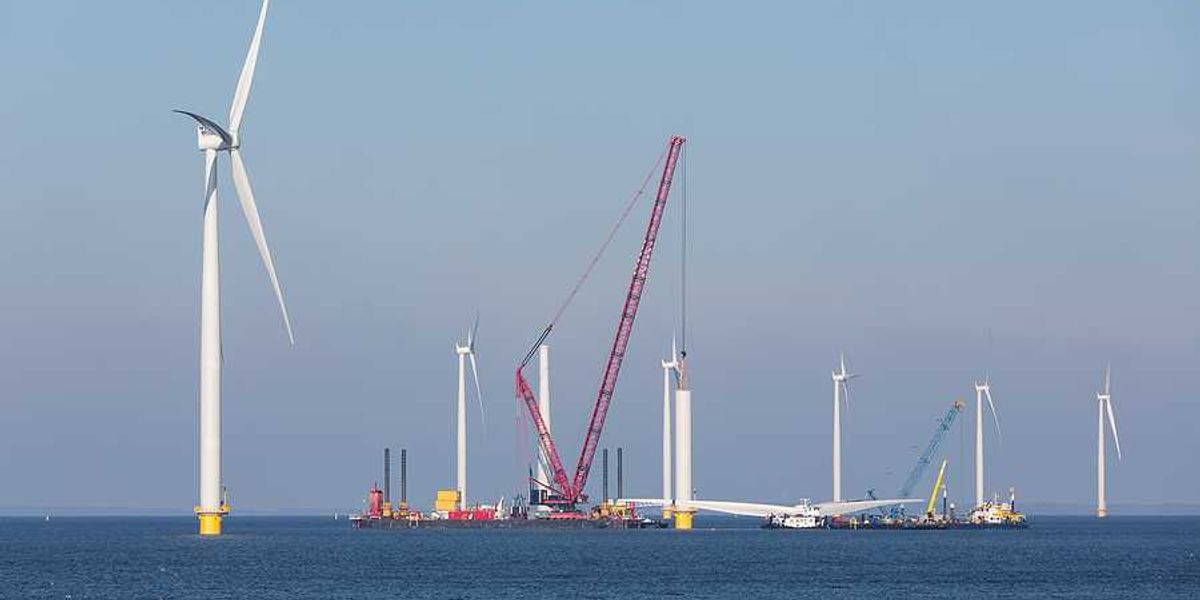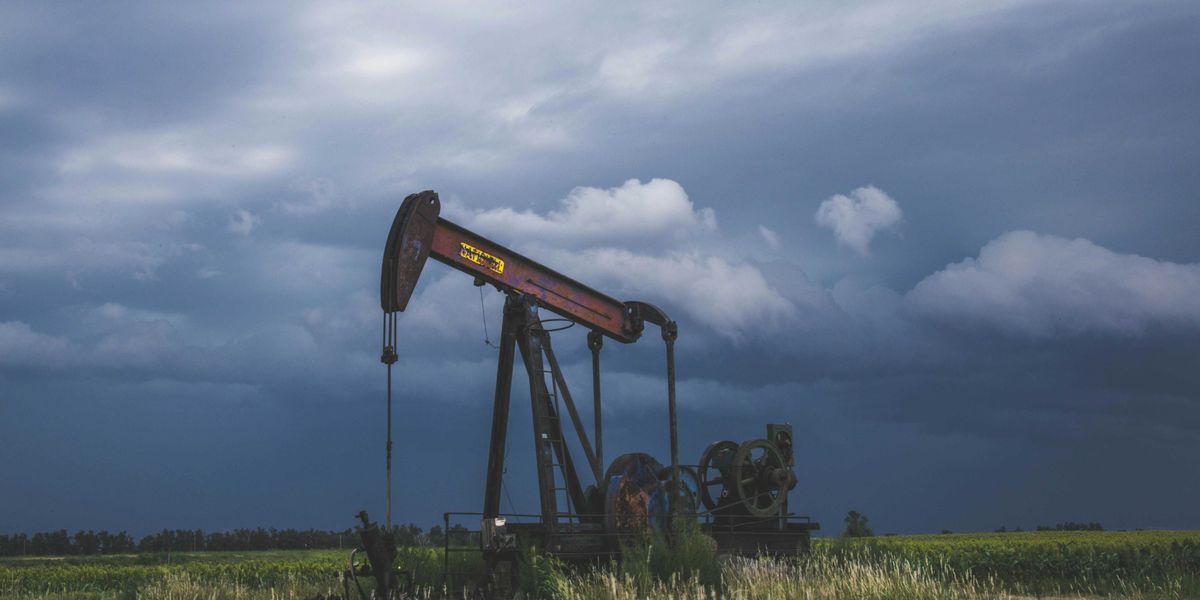New York tribe takes on Pittsburgh startup to defend the Allegheny River
"We can't do anything without water. It's the basis of all life. It's a sacred resource."
Last month more than 100 Seneca Nation tribal members showed up at the monthly meeting of the local municipal authority in the small town of Coudersport, Pennsylvania, carrying protest signs and ceremonial drums.
They couldn't all fit inside the sewer plant building, so many stood outside, where they sang and chanted in the Seneca language. Their signs bore messages like, "Water is sacred," and "Keep your fracking in Pennsylvania."
They were protesting a proposed fracking wastewater treatment plant adjacent to the Coudersport Area Municipal Authority's sewage treatment facility. If approved, the facility would take up to 42,000 gallons of fracking wastewater per day from Marcellus shale gas drillers to be treated and discharged into the Allegheny River—which flows from Coudersport in north central Pennsylvania's Potter County up into Western New York and through the Seneca Nation's territory.
No one consulted tribal members about the plan. They read about it in the news.
"Our name for the Allegheny is Ohi'yo, which means 'beautiful water,'" said Seneca Nation president Todd Gates. "We're determined to keep it that way. We can't do anything without water. It's the basis of all life. It's a sacred resource."
After flowing from Coudersport into New York and through the tribe's land, the river turns back into Pennsylvania and meanders down into Pittsburgh, where it converges with the Monongahela River to form the Ohio River.
In other words, every community on the Allegheny River between New York and Pittsburgh is downstream of the proposed wastewater treatment plant.
"It's not a question of would something go wrong," John Stolz, director of the Center for Environmental Research and Education at Duquesne University in Pittsburgh, said. "The question is if there are still even small amounts of dangerous constituents in the discharge, especially radioactive ones, then there's the possibility of buildup in the river over time."
Soltz' background is in microbiology, but since 2009, his work has focused on water quality issues associated with unconventional shale gas extraction. In January, Stolz submitted a comment to the DEP urging them to reject Epiphany's permit application.
Stolz pointed to a 2013 study that found radium from fracking wastewater had made its way into a watershed that supplies Pittsburgh's drinking water. The wastewater came from a sewage treatment facility on Blacklick Creek in Indiana County, Pennsylvania.
The facility claimed to remove 90 percent of the radium in the wastewater (Epiphany promises to remove 100 percent), but the cumulative impact resulted in radium at concentrations roughly 200 times higher than background levels detected in sediment.
"We're still feeling the effects of that now," said Stolz, who works with a consortium that regularly monitors the water quality of Pittsburgh's three rivers. "The human health impact of this stuff is going to show up maybe 20-30 years down the road, and at that point it will be very difficult to connect it back to what's happening in the industry currently."
"On the other hand," he added, "it doesn't hurt anything to be careful."
A legacy of mistrust and a small startup
This isn't the first time the Seneca Nation's resources have been threatened.
"We seem to be always reacting to forces beyond our control outside our borders," Gates said, noting that in 1965, the federal government flooded 10,000 acres of Seneca Nation Land to create the Kinzua Dam, displacing more than 600 tribal members. The land-grab desecrated the tribe's ceremonial burial grounds and violated the Canandaigua Treaty, which had been signed by President George Washington.
"It was an affront to our culture," Gates said, "and it lends itself to a distrust of companies and government agencies that try to come tell us what we need to do to get along."
The company proposing the fracking wastewater plant is a small, Pittsburgh-based startup called Epiphany Water Solutions, LLC. The company, which has 12 employees, operates from a former warehouse on a residential street in Pittsburgh's trendy Lawrenceville neighborhood.
This project would be Epiphany's first commercial fracking wastewater treatment plant. In January, the Pennsylvania Department of Environmental Protection (DEP) rejected their initial permit application due to technical deficiencies, requesting clarification on the water quality monitoring, among other items. Epiphany has since submitted an updated permit application that's still under review.
Founded in 2009, one of the company's initial projects involved harnessing solar power to remove the salt from seawater to make it drinkable. They soon realized they could apply the same technology to fracking wastewater, which contains about seven times the amount of salt as seawater, and in 2012 they secured $500,000 in funding from Consol Energy to fund a fracking wastewater cleaning pilot project.
"Our original and ongoing mission as a business is to provide clean drinking water for people all over the world," Epiphany co-founder and chief technology officer Tom Joseph said. "We're doing this not because we have deep-seated love for the oil and gas industry, but because we care for our world and the environment."
The company is no stranger to unconventional projects. In 2013, Epiphany also launched a Kickstarter to raise funds for a heat-powered, phone charging coffee coaster. The project was fully funded through donations from people who wanted the product, but it ultimately fell apart due to logistical challenges and Epiphany never delivered any of the coasters or issued refunds to most backers (despite promises to do so).
Joseph said they've issued refunds to "several backers who requested them," and are still working on the rest due to issues with Kickstarter's payment system.
What’s in the water?
In addition to salt, untreated fracking wastewater in Pennsylvania often contains heavy metals and radioactive elements like strontium and radium. Those compounds are associated with myriad risks to human health, including cancer and birth defects. Untreated frack wastewater spills have also been linked to fish kills.
The stretch of river near the proposed plant is home to at least 38 species of fish, two of which—the Bigmouth Shiner and the Burbot— are protected as threatened, according to the Pennsylvania Fish and Boat Commission.
Prior to 2011, it was common for fracking wastewater to be processed through municipal sewage treatment plants in Pennsylvania. The practice was halted after it was discovered that the small amounts of heavy metals and radioactive materials they released into the water supply were building up in sediment and drinking water.
The DEP is considering the plan at Coudersport because Epiphany claims their pre-treatment process makes the wastewater "cleaner than rain" before it's sent to the municipal sewage treatment plant.
A representative from the DEP said via email that federal and state regulations allow fracking wastewater to be discharged through a municipal sewage treatment plant if it's pre-treated according to their standards first, which is what Epiphany is proposing.
Epiphany uses a process called mechanical vapor recompression distiller evaporation, which works like the natural water cycle. The water is heated and the steam is captured, while the solids stay behind. The technology itself isn't new—in fact, according to the DEP, there's at least one other company using similar (though not identical) technology to treat fracking wastewater already operational in the state.
Eureka Resources has two locations in north central Pennsylvania: Their Williamsport facility discharges pre-treated fracking wastewater to the Williamsport Sanitary Authority, which then processes back into the public water supply, and the facility at Standing Stone discharges directly to the Susquehanna River.
Both plants have a mostly clean track record so far, but public records show at least one 2018 violation of the effluent limits for hazardous materials laid out in the permit for the Standing Stone location.
What's different about Epiphany's proposal is the size of their water treatment technology, which is significantly smaller than Eureka's.
"Henry Ford didn't invent automobiles; he just figured out how to mass produce them," Joseph said. "We've done that with distillation technology. We didn't invent it, but what we're proud of is that we miniaturized it so we can mass produce it at about 10 percent of cost anyone else can do it at."
Currently, most wastewater from shale drilling operations in the region is sent to recycling facilities, where it's processed for reuse in fracking. The remaining waste, which contains the most dangerous elements, is often trucked to Ohio to be deposited in injection wells deep in the Earth, a practice that's been associated with leaks and earthquakes.
Joseph said Epiphany aims to provide a more environmentally sustainable solution. If this project gets off the ground, he hopes to set up similar operations in 30 more locations in the region. Epiphany and the Seneca Nation have plans to meet so the tribe's scientists and consultants can review the technology. Gates said they're eager to hear what the company has to say, but they remain wary.
"If they can clean the fracking wastewater to the point where they'll stand in front of us and take the first drink of it," Gates said, "we'll listen."
According to Joseph, their staff members actually do drink the water they treat—regularly.
"We literally, not kidding, drink the water out of our distillation units anytime we're working in the field," Joseph said.
Opposition mounts

The Seneca Nation has other concerns, too—about how the buildup of heavy metals and radioactive materials removed through the distillation process will be stored and disposed of, and about the site being on a 100-year floodplain, to name a few.
And the tribe isn't the only group skeptical about the plan.
The DEP received more than 3,000 public comments about the project during a 30-day period.
Pittsburgh representatives of the US Army Corps of Engineers, the Pennsylvania Fish and Boat Commission, the American Indian Law Alliance and the New York State Department of Environmental Conservation all sent letters expressing concern about Epiphany's permit application.
The U.S. Army Corps of Engineers questioned Epiphany's water quality monitoring system and about the site being on a 100-year floodplain, noting that "in the event of a flood or spill resulting in the loss of the stored material into the Allegheny River, the risk to water resources is high."
The New York State Department of Environmental Conservation also urged the DEP to require more stringent water quality monitoring than was proposed in Epiphany's permit application, suggesting that even if the water was tested after leaving Epiphany, it should be re-tested for radioactive elements, heavy metals, and total dissolved solids right before entering the Allegheny River to "provide assurance to downstream communities."
The Coudersport Borough Council, a Senator from New York, at least one physician, and the government of Cattaraugus County, which neighbors the Seneca Nation in New York, have stated their opposition to Epiphany's project, and a community activist group called Save the Allegheny has raised the alarm that the proposed plant is less than a mile from the local elementary school.
"When we learned about the proposal, our first concern was 'oh my god, look how close this is to the school,'" Laurie Barr, a Potter County resident and the founder of Save the Allegheny, said.
Barr points to Epiphany's failed phone charger Kickstarter as evidence that the company has a track record of poor communication and breaches of trust with stakeholders.
"If this project goes badly, Epiphany can just pack up shop and go open some other business in another name," Barr said. "Coudersport can't do that."
Joseph accused Barr and her group of intentionally spreading false information as a fear tactic.
"We've been in touch with [Save the Allegheny] from the beginning," Joseph said. "And what you have to know is that these are not good people. These are anti-fracking fanatics. They don't care about the community. They don't care about the environment."
Joseph also said the Seneca Nation is only concerned about the plant because they've received false information from members of Save the Allegheny. He said the Seneca Nation recently pushed back their scheduled meeting with Epiphany.
"They continue to make incorrect statements about Epiphany's facility and have not yet given us the opportunity to provide them with the facts and scientific data that would eliminate their concerns," he said.
A promise to protect
There's no deadline for the DEP's application review process, so it's unclear when Epiphany will know whether they're moving forward with the project or not.
As for the Seneca Nation, they're eager to meet with Epiphany and learn more—but they won't be swayed easily.
"We're trying to make sure everybody has the facts to make the best decision," Gates said. "But no matter what, we will not compromise in our promise to protect our resources."













